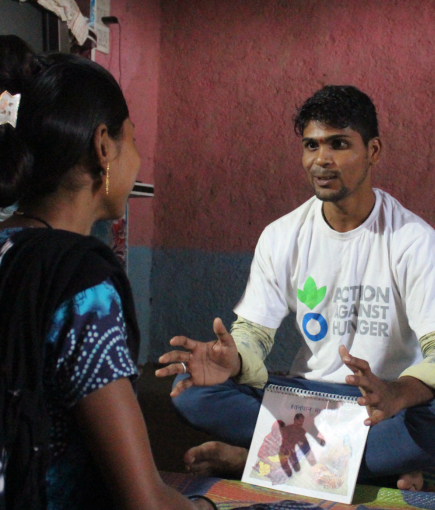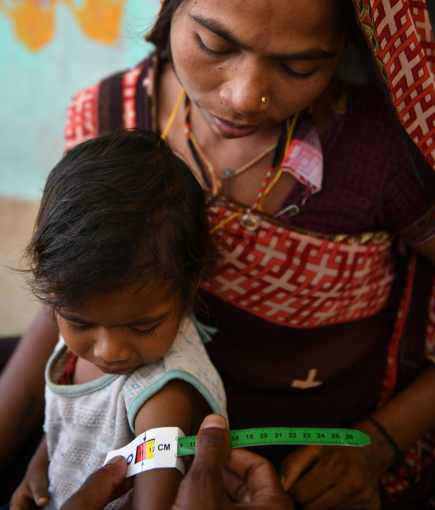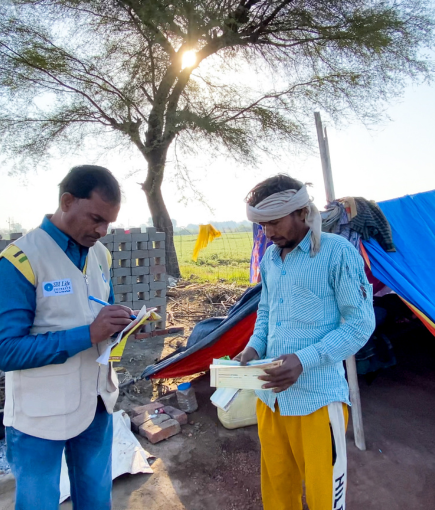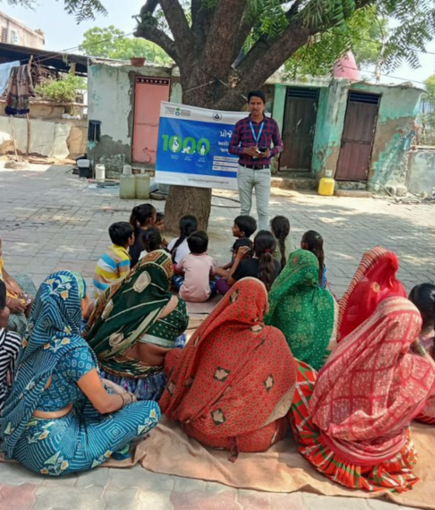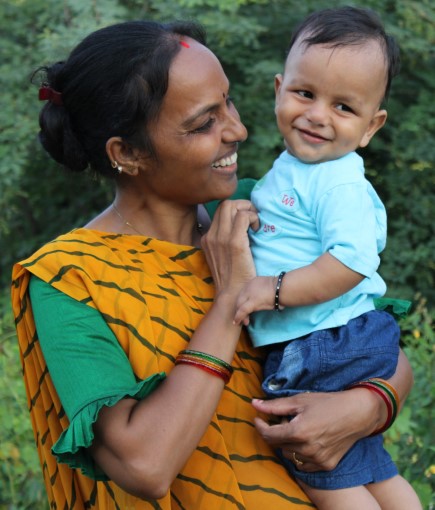Our Footprints
2.92 Million
Total Population Reached
5,863
Villages Reached
2.95 Lakh
Screenings
39,029
Malnourished Children Referred and Treated
7,976
Children Cured
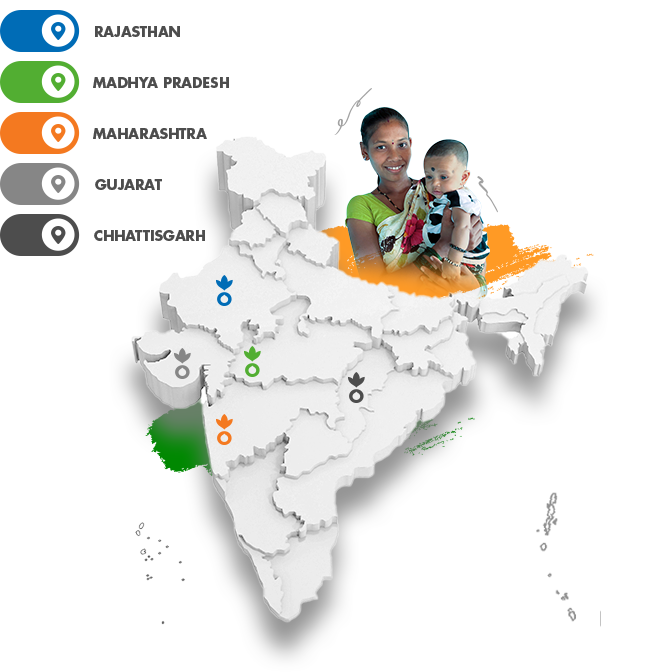
2.95 Lakh
Pregnant and Lactating Women Reached
4.20 Lakh
Home Visits Conducted
18,473
Government Frontline Workers Trained
30,187
Group Discussions & Demonstrations Conducted
9,627
Anganwadi Centres Covered

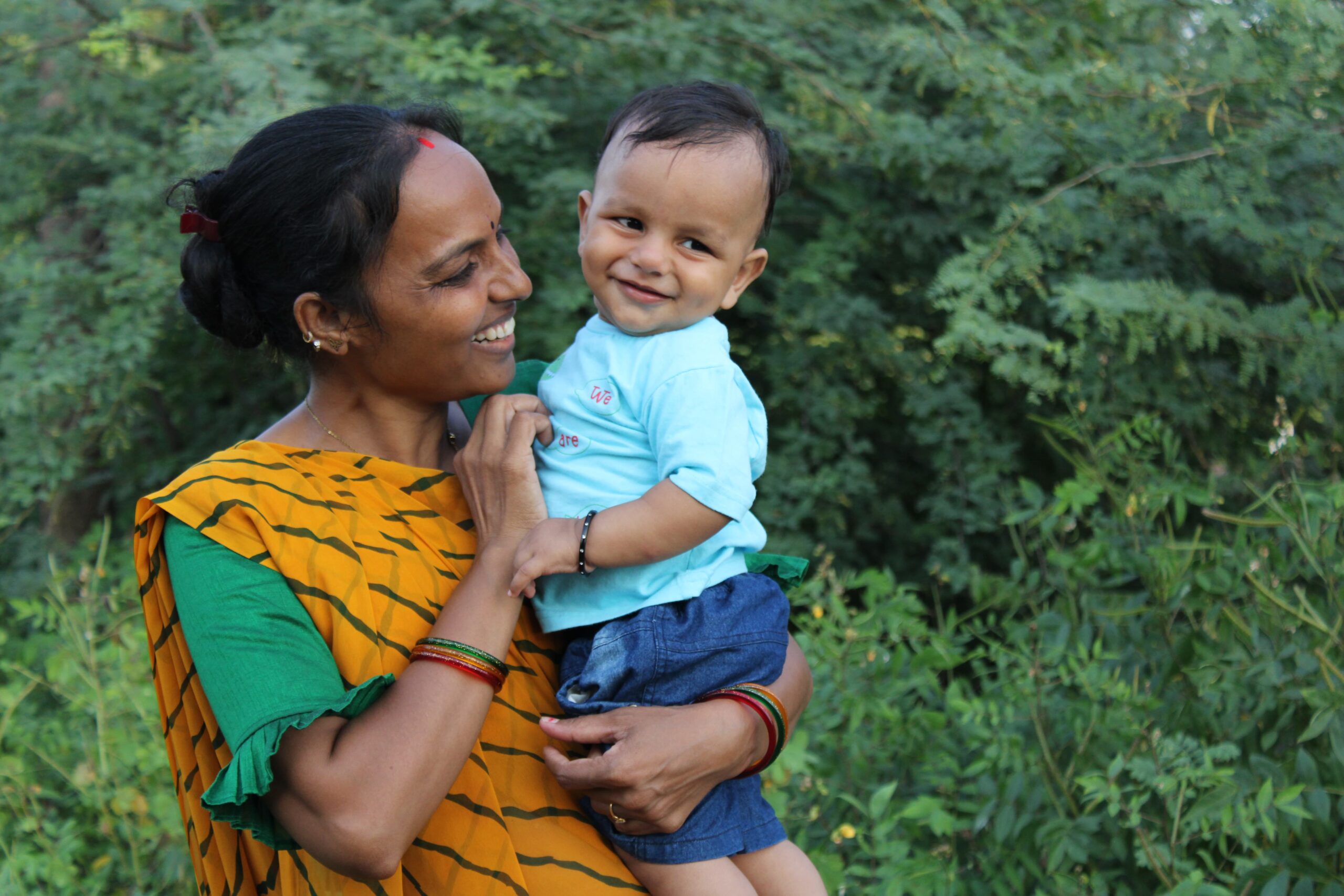
JOIN THE FIGHT AGAINST HUNGER
Sign up to our newsletter and learn more about our programs, impact, field stories, innovation, jobs and much more.


